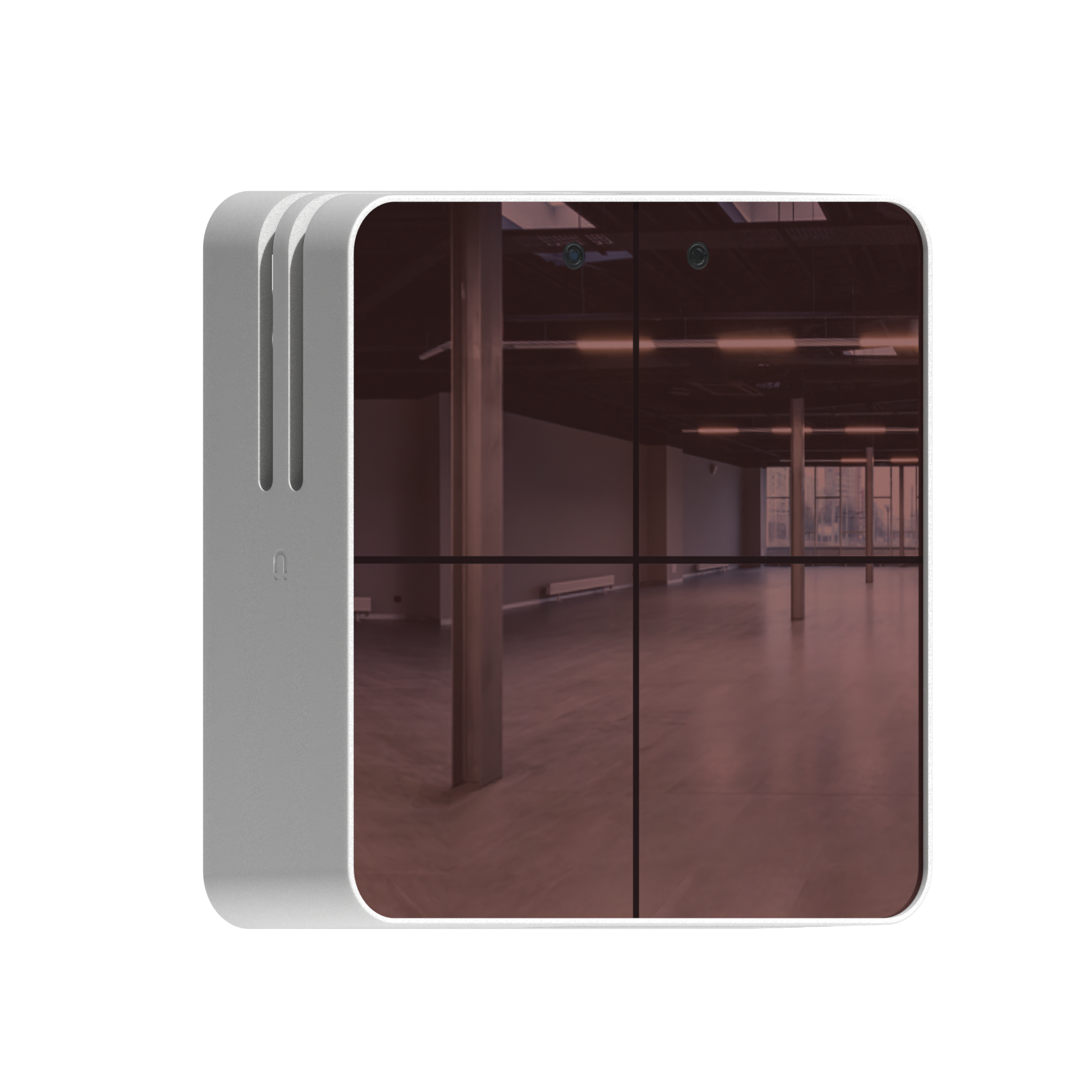Smart buildings enhance traditional structures by integrating advanced technologies to create more comfortable, secure, and sustainable environments.
Benefits of Smart Buildings
Energy Efficiency
Optimize energy use, reduce waste and lower utility costs.
Cost Savings
Reductions in operational costs over time.
Enhanced Comfort
Personalized climate control and lighting systems.
Remote Monitoring and Control
Enhance maintenance efficiency and operational control.
Improved Security
Superior monitoring and control to boost safety for both occupants and assets.
Predictive Maintenance
Forecast potential issues, prevent costly repairs and minimize downtime.
Smart Building Solutions
Smart building solutions integrate various technologies and systems to enhance building operations, making them more efficient, cost-effective, and sustainable, while also improving occupant experience.
Building Automation Systems
Control systems that manage and regulate heating, ventilation, air conditioning (HVAC), lighting, and other building functions for optimal efficiency.
Cloud-Based Building Management
Centralized platforms that provide remote monitoring, control, and management of building systems, along with data analytics.
Energy Management Systems
Software platforms that analyze energy usage patterns, identify inefficiencies, and recommend strategies for reducing consumption.
Occupancy Analytics
Utilizing data to optimize space usage, layout, and allocation based on real-time occupancy patterns.
Integrated Security Systems
Comprehensive solutions including access control, surveillance cameras, and alarm systems to enhance safety and security for occupants.
Smart Lighting
Lighting systems with sensors and controls that adjust automatically based on occupancy and natural light, reducing energy waste.
Smart Building – Use Case
Smart Building – Use Case
Smart Building meets weather forecasting.
A property management firm has integrated smart metering with advanced weather forecasting to optimize heating and cooling efficiency in their high-rise buildings. The smart meters provide real-time energy usage data, which is synchronized with weather forecasts predicting temperature drops. Leveraging predictive analytics, the system automatically adjusts heating levels across each floor of the building. As a result, the heating systems proactively increase warmth in anticipation of the temperature drop, ensuring consistent occupant comfort. This foresight notably reduces energy consumption during peak cold periods. This innovative approach not only enhances tenant comfort but also significantly lowers energy bills, demonstrating the effectiveness of combining smart metering with weather forecasts for both economic and environmental benefits.




